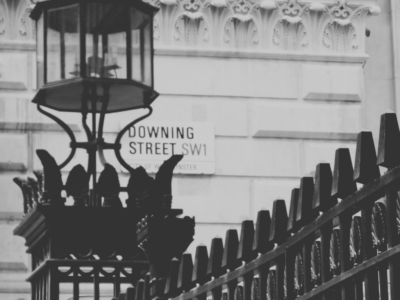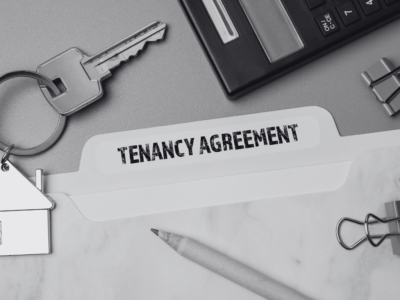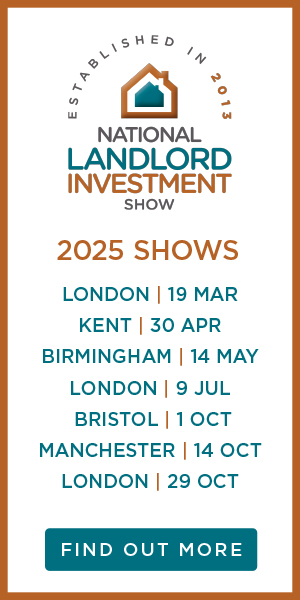The government’s Help to Buy Equity Loan scheme could be causing first-time buyers (FTBs) to have to pay a 10 per cent premium when buying a new home, as compared to FTBs who avoided using the scheme, according to new research by ReallyMoving.
ReallyMoving raised the issue of a Help to Buy premium back in April, when they estimated that FTBs were paying 12 per cent more for homes bought through the scheme compared to those who didn’t resort to it.
In September 2019, the Help to Buy premium had fallen to 10.3 per cent in England, while London FTBs found themselves paying a premium of 11.8 per cent, suggesting that lower premiums were to be found outside the capital.
Last month, a report by Halifax found that 56 per cent of UK properties were situated in areas deemed to be affordable to FTBs, but also revealed that average UK house prices were worth 5.85 times the FTB’s annual income.
New build premiums found
FTBs were found to be paying an average of £303,450 on a new-build home purchase in September, when using Help to Buy. The scheme is supposed to help home buyers buy properties with a deposit of 5 per cent, in an effort to boost homeownership.
Homeowners are also able to top themselves up with a government loan of 20 per cent, or 40 per cent for those based in London, which are interest-free for the first five years.
However, the rising premiums for FTBs using the scheme suggests that developers have simply been charging more for homes that are accessible on Help to Buy, according to ReallyMoving.
ReallyMoving claimed 40 per cent of the developer’s customers were using Help to Buy Equity Loans. Help to Buy Equity Loans were first introduced in early 2013, at a time when FTBs represented 40 per cent of all buyers in the market. In September, FTBs were estimated to represent 54 per cent of all buyers.
North pays greatest price
Those using Help to Buy to purchase a new home found themselves paying the highest premiums, with Yorkshire FTBs paying 21.6 per cent more, while those in the West Midlands were paying a Help to Buy premium of 21.5 per cent.
ReallyMoving CEO Rob Houghton commented: “Help to Buy might be better-named Help to Sell, since our research shows that despite the scheme’s popularity with buyers, housebuilders are the ones reaping the benefits.”
Mr Houghton concluded: “It’s important that those using the scheme consider their exit strategy, including whether or not they can afford the loan repayments on top of their mortgage, when the interest-free period comes to an end.”
The existing Help to Buy Equity Loan scheme is expected to be replaced by an updated version in April 2021, with funds expected to be available only to FTBs, as well as only being available for properties with a market value that is under a specific price cap, depending on the region the purchase is made in.






















Comments